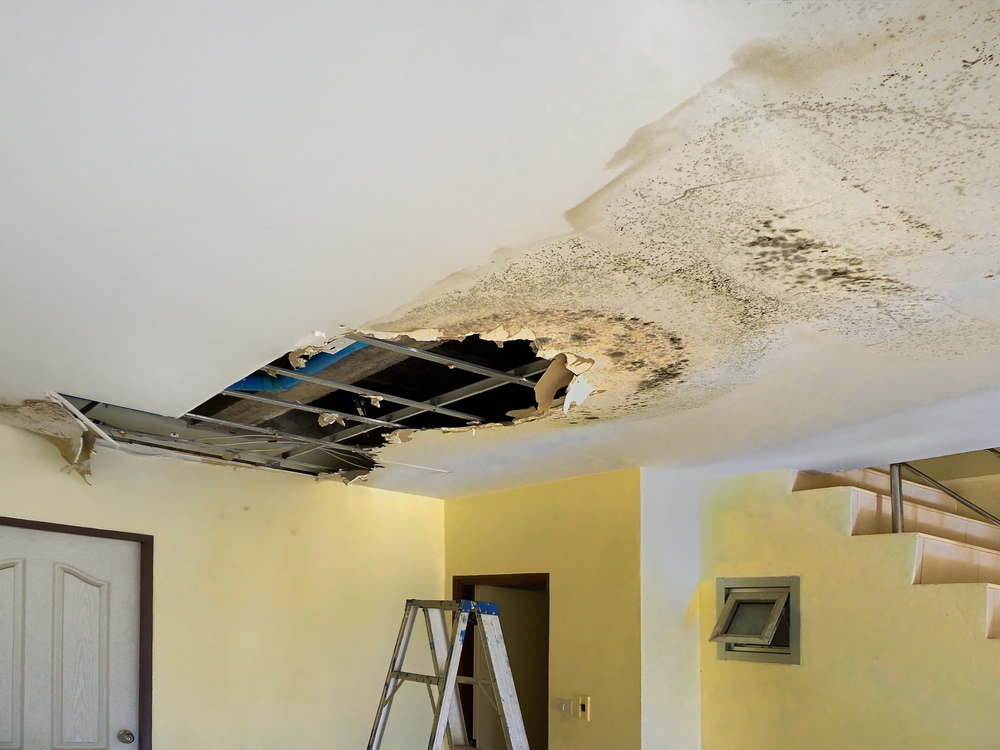Guide To Water Leakage Detection At Home
Guide To Water Leakage Detection At Home
Blog Article
This great article below about Leaking water lines is absolutely informative. You should check this stuff out.

Early detection of leaking water lines can reduce a possible disaster. Some small water leakages may not be noticeable.
1. Check Out the Water Meter
Checking it is a surefire means that helps you find leaks. If it relocates, that suggests a fast-moving leak. This indicates you may have a sluggish leakage that could also be underground.
2. Check Water Usage
If you identify unexpected adjustments, despite your consumption being the exact same, it suggests that you have leaks in your plumbing system. A sudden spike in your expense shows a fast-moving leak.
At the same time, a consistent increase monthly, even with the exact same behaviors, shows you have a slow-moving leak that's likewise gradually escalating. Call a plumber to extensively inspect your building, particularly if you feel a warm area on your floor with piping underneath.
3. Do a Food Coloring Test
When it involves water intake, 30% originates from commodes. Examination to see if they are running properly. Drop specks of food shade in the container as well as wait 10 mins. If the color somehow infiltrates your bowl throughout that time without flushing, there's a leak in between the container as well as bowl.
4. Asses Outside Lines
Do not forget to inspect your outdoor water lines too. Test faucets by affixing a yard hose. Ought to water leak out of the connection, you have a loosened rubber gasket. Change this as well as make sure all connections are limited. It will certainly assist get it expertly checked out as well as preserved annually if you've obtained a sprinkler system. One tiny leak can squander tons of water and also surge your water expense.
5. Evaluate the circumstance as well as evaluate
Homeowners should make it a routine to examine under the sink counters as well as also inside cupboards for any kind of bad odor or mold and mildew growth. These two warnings suggest a leakage so prompt focus is required. Doing regular inspections, even bi-annually, can conserve you from a major problem.
Examine for stainings and also compromising as many appliances as well as pipes have a life expectancy. If you think leaking water lines in your plumbing system, don't wait for it to intensify.
Early discovery of leaking water lines can reduce a potential calamity. Some little water leaks might not be visible. Inspecting it is a surefire means that assists you discover leakages. One tiny leak can waste bunches of water as well as increase your water bill.
If you believe dripping water lines in your plumbing system, don't wait for it to rise.
How to Know If Your Home Has a Hidden Leak
Water Meter Reveals Inexplicable Water Usage
If you’d like to test whether or not there’s a leak somewhere in your home, you can do this using your water meter. Here is how to conduct the test:
Don’t use any water in your home for at least 30 minutes; this also means not turning on faucets or water-using appliances.
Go outside, and check your water meter for activity.
If your water meter shows that there was activity, even though no one was using any water, this proves that there is a leak in your home.Visible Mold or Mildew Growth
Leaks behind walls create moist, dark environments that allow mold and mildew to grow and thrive. Eventually, you might see mold growth forming on the wall closest to a hidden leak.
If mold is growing in an area that receives a high amount of moisture, such as a bathroom, it may simply be an indication that better ventilation is needed. However, if you see mold growth on a wall or the ceiling in an area where you would not expect, you probably have a hidden leak.
Musty, Mildew Odor
Sometimes you might not be able to see the mold or mildew that is growing as a result of a leak. However, the smell can give the problem away just as easily. If you catch a whiff of something musty, there’s a good chance that old water is collecting somewhere in your home that you can’t see.
Stained/Warped Walls, Ceilings, or Floors
When your home soaks up water, a variety of red flags can become visible, including ceiling stains, bubbling drywall, warped walls, and sagging floors. While these issues can be caused by excess humidity, they can also be signs that a pipe or plumbing connection has started leaking behind your walls.
Inexplicably High Water Bill
After a while, you get a general sense for what your water bill should be. If you own a pool or sprinkler system, your bill will tend to be higher during summer. However, if you receive a water bill that seems especially high, and you can’t figure out what caused it, then you may have a hidden leak somewhere that’s increasing your bill.
https://www.plumbingjoint.com/blog/2019/july/how-to-know-if-your-home-has-a-hidden-leak/

Do you enjoy more info about Finding hidden leaks? Give feedback further down. We'd be pleased to find out your thoughts about this piece. Hoping to see you back again in the near future. Are you aware of someone else who is truly interested in the topic? Do not hesitate to promote it. Thanks a lot for taking the time to read it.
Report this page